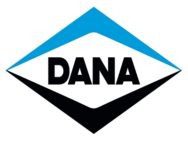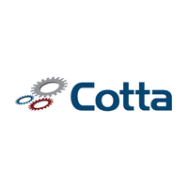Author Archive
Posts by ThriveAdmin:
Traditional disk brakes usually experience very high temperatures which can have severely detrimental effects on their performance. To lower these temperatures, the use of fluids such as water is imperative to eliminate much of this friction-generated heat.
Read Full Article →
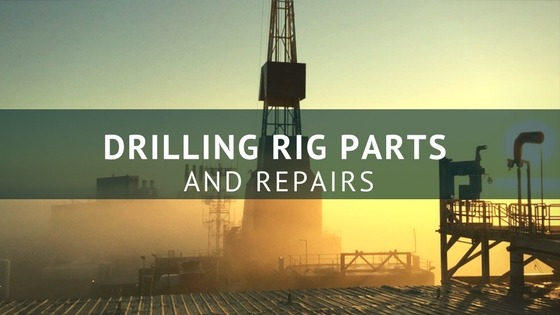
Drilling rigs provide an invaluable service for companies that need to dig deep, with the convergence of drilling rig components and parts working together to do their job.
However, the reality of this situation is that the rigorous work being performed will likely hasten the onset of drilling rig repairs at some point.
Read Full Article →
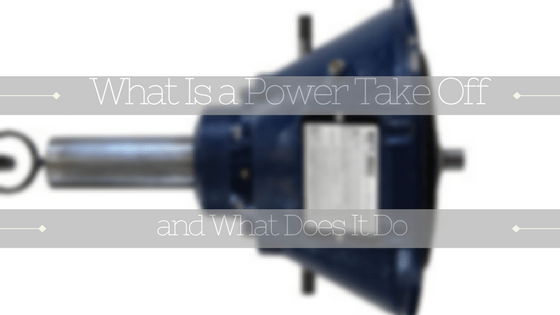
What is a power take off? Power take-off (PTO) transfers the mechanical power of the engine over to another piece of the equipment. This allows for the power to move throughout the equipment to transmit energy even if it doesn’t have a motor or engine itself.
Read Full Article →
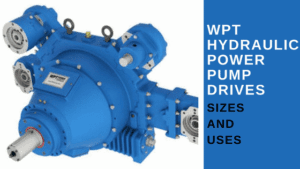
A hydraulic pump uses hydraulic power pump drives (PPDs) engineered for agricultural markets, as well as construction, forestry, petroleum, and marine industries. The hydraulic pump is a mechanical device that produces hydraulic energy from mechanical power. It generates flow with sufficient power, which will allow it to overcome pressure from the load.
Read Full Article →
Gearboxes are an essential part of so many pieces of machinery. If you want to keep your gearbox functioning at its optimal performance, then regular maintenance should be done. The best way to maintain your gearbox is to check it regularly to determine potential failures and fix them before they happen. This will keep you from those surprise breakdowns at the most inconvenient times.
To keep your gearbox functioning at it best and for a longer time, here are some key maintenance tips to consider.
Read Full Article →

Remanufactured Torque Converters Save you money!!
At K&L Clutch and Transmission, we know that equipment breakdowns mean lost profits. When critical failure occurs, you need a well-stocked partner equipped to respond as soon as possible. Whether it’s rebuilt transmissions, a brand new torque converter or any unforeseeable industrial solution you need, we can provide it.
Read Full Article →
Downtime – Public enemy #1!

Downtime is a problem. No matter what industry you work in, time waiting on a machine to be repaired or replaced is time when your company may not be running at full efficiency. In many industries, particularly industries that rely on massive, expensive machinery, this type of downtime can cost you hundreds of dollars per hour. For some of our clients in the oil industry, downtime expenses can reach in excess of $900/hour!! Many of our customers would be financially crushed by these costs if not for our quick torque converter repairs and replacement services. K&L Clutch is very aware of this fact, and for that reason we make it our top priority to offer a wide selection of parts that we keep in stock at all times, and this is one of the secrets to our rapid turnaround on repair requests or replacement parts. Read Full Article →

The heavy machinery that you use on your work sites or construction jobs gets less reliable as times goes on. This reality should give you pause when you realize how old your machinery is. There are considerations you must make as you choose when to replace heavy machinery.
Consideration #1: New Technology
Your old machines do not have the same advanced technology that newer machines have. The choice you must make is between better technology and older technology. New technology makes your business easier to run. Old technology on your cranes and heavy machinery is familiar, but old technology makes work slower and less efficient. Read Full Article →
 There are many advantages to using heavy machinery. In the modern world, we are coming to depend more and more on things like heavy duty transmissions and other industrial machinery. Let’s look at some of the top reasons why so many people appreciate this type of technology.
There are many advantages to using heavy machinery. In the modern world, we are coming to depend more and more on things like heavy duty transmissions and other industrial machinery. Let’s look at some of the top reasons why so many people appreciate this type of technology.
1. Greater Productivity
There is no question that industrial machinery makes many tasks faster and more efficient. The same job that might take days or several people to accomplish can be done in hours or even minutes using the right equipment. Whether they are being used for business or leisure activities, this type of machinery allows you to be far more productive in many ways.
2. Cost Effectiveness
Because they allow you to accomplish so much more in less time, these devices save you money. There is the initial cost of purchasing them and then they must be properly maintained, however, with the right care, they save money in terms of time and labor costs. This helps businesses earn higher profits.
3. LESS PHYSICAL LABOR
Operating heavy machinery is far less taxing on the human body than using other types of tools. Aside from the economic benefits, people with access to this type of machinery don’t have to work as hard physically. This translates into shorter workdays and more leisure time.
4. The ability to accomplish the amazing
One of the reasons we all love heavy duty machines is that they embody the potential to accomplish amazing feats of construction, excavation and demolition that have never before been possible. Manpower has been used to accomplish great feats, including the construction of the Pyramids and the Great Wall of China, but modern technology allows massive undertakings in rapid time.
5. They’re just so cool!
Many people appreciate this type of machinery simply for its power and aesthetic qualities, in addition to the many practical benefits it can add to your life. This is why many people enjoy trade shows that feature such equipment or browsing through magazines, product catalogs or websites that feature it.
The above are some of the top reasons why heavy machinery is so widely admired. It can be advantageous to everyone, from workers to business owners. If you are looking for repair work, or new clutch or transmission parts for your heavy machinery, look no further!
Contact Us
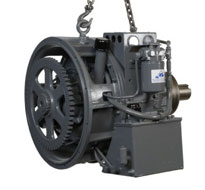
Torque converters take the place of clutches in heavy machinery and vehicles with automatic transmissions. The converters allow the motor to idle while the vehicle is stopped. A second use for converters is to supply increased torque when the motor is being revved up. This second use is especially beneficial for heavy duty motors for construction or industrial uses.
Parts of a converter
The main parts of torque converters are the housing, impeller, turbine, stator, and transmission fluid. The impeller, turbine, and stator are discs with attached vanes. The vanes are used to direct the flow of the transmission fluid. An industrial converter may employ a series of discs with attached fins to deliver a higher torque multiplier.
How converters operate
Converters provide a fluid coupling between a motor and its load. The initial load usually is a transmission. The transmission, in turn, may power the tires of a vehicle, the propeller of a boat, or industrial machinery.
When the motor is being accelerated, the motor RPM will exceed the transmission RPM. Under these conditions, the converter needs to allow slippage. The converter will also be multiplying the torque received from the motor. As the motor achieves its peak power RPM, the transmission RPM will catch up. At this stage, the converter no longer needs to allow slippage. A lockup clutch may then be triggered to connect the motor directly to the transmission. This matching speed is referred to as the converter’s stall speed. The stall speed (RPM) is frequently one of the main requirements considered when choosing a suitable converter
Twin Disc torque converters
Twin Disc converters are some of the most popular in the heavy machinery world, and can be used with farm tractors, road pavers, cranes, mining trucks, oil-rigs, logging equipment, mission-critical vehicles, watercraft, pumps, and turbines. These converters can handle diesel motors from 30 to 3500 hp.
The company also can provide stripped units for manufacturers who want to provide their own driveline assembly. The company also can provide a modulated input clutch to divide power between PTO drives and torque converters.
Clark torque converter
The Clark torque converter is manufactured for heavy-duty use in industrial applications, as well as custom-built high-performance vehicles, circle track race-cars, and drag racing cars. They can also provide “one-of-a-kind” or prototype converters.
They use a computer controlled manufacturing process and top grade materials and can maintain the precision of most parts to within 0.001 inch. In addition, they have a customer service staff of over 30 people, standing behind their product.
Manitowoc torque converter
The Manitowoc torque converter uses industrial-strength components. The company has years of experience producing and servicing heavy duty, durable equipment. They also manufacture cranes, implementing the Vicon system which uses a constant speed motor to drive two torque converters. This eliminates the need for clutches and brakes.
We’re obviously big fans of torque converters, and we’ll go above and beyond to ensure that yours is installed correctly, and running efficiently.
Contact Us



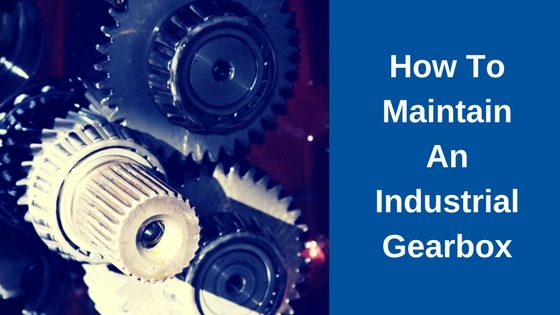



 There are many advantages to using heavy machinery. In the modern world, we are coming to depend more and more on things like
There are many advantages to using heavy machinery. In the modern world, we are coming to depend more and more on things like 
